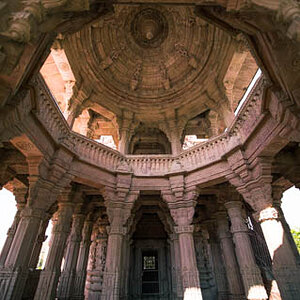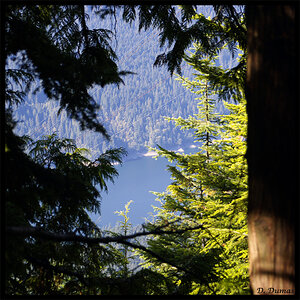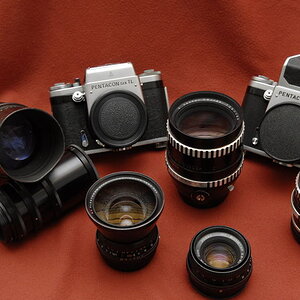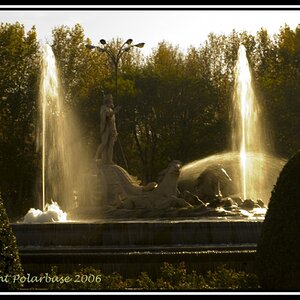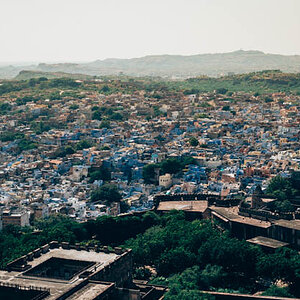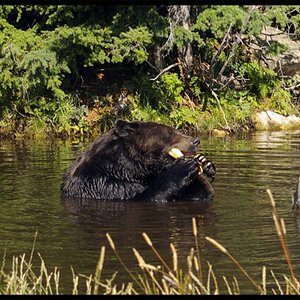Question from a beginner: I have shot 35mm film for most of my adult life, but it has always been on point-and-shoot or cheap auto-focus cameras. I recently bought a Minolta X-370 and am hoping to learn to take decent pictures for a change. I don't aim to be an artist, really, I just want my photos of special occasions with family and friends to come out nice (although I also look forward to being able to take decent landscape photos while on vacation, etc.).
The first thing I want to learn is how to take good pictures indoors without flash. I have been studying various "exposure charts" on the Internet. While they list various lighting conditions, they don't specifically mention "indoors during the day": They list "brightly lit home interior at night", "well-lit school auditorium", etc., but not "inside a house in daytime".
I find the same thing when reading film speed recommendations: On the side of the box it will say, for example, that 800 speed film is good for action shots, for cloudy days, and for flash photography. But not a word concerning "indoors without flash".
So I guess my question is, what speed film do you recommend for indoor shooting during the day without flash. At night too, for that matter. Is 800 usually adequate or is it worthwhile to spring for 1600? Again I want decent pictures, but I'm only going to have them developed at Costco so obviously I'm not looking for artistic and technical perfection.
I have a 50mm f/1.7 lens, but have just purchased a 135mm f/2.8 lens. The reason for the latter is that I like to have shallow depth of field -- I really like the effect of being focused on a person's face with the background somewhat out of focus. From my reading I gathered that that is best accomplished with a telephoto lens, so that is what I would like to use indoors. But the 135mm has a smaller maximum aperture so I assume it will not capture as much indoor light as the 50mm. For that reason I wondered if I will be better off with the 1600 film.
Any other advice for indoor shooting without flash would also be appreciated. I'm hoping to learn as much as I can from you kind people to minimize the amount of film and developing costs wasted during the learning process.
Thanks!
The first thing I want to learn is how to take good pictures indoors without flash. I have been studying various "exposure charts" on the Internet. While they list various lighting conditions, they don't specifically mention "indoors during the day": They list "brightly lit home interior at night", "well-lit school auditorium", etc., but not "inside a house in daytime".
I find the same thing when reading film speed recommendations: On the side of the box it will say, for example, that 800 speed film is good for action shots, for cloudy days, and for flash photography. But not a word concerning "indoors without flash".
So I guess my question is, what speed film do you recommend for indoor shooting during the day without flash. At night too, for that matter. Is 800 usually adequate or is it worthwhile to spring for 1600? Again I want decent pictures, but I'm only going to have them developed at Costco so obviously I'm not looking for artistic and technical perfection.
I have a 50mm f/1.7 lens, but have just purchased a 135mm f/2.8 lens. The reason for the latter is that I like to have shallow depth of field -- I really like the effect of being focused on a person's face with the background somewhat out of focus. From my reading I gathered that that is best accomplished with a telephoto lens, so that is what I would like to use indoors. But the 135mm has a smaller maximum aperture so I assume it will not capture as much indoor light as the 50mm. For that reason I wondered if I will be better off with the 1600 film.
Any other advice for indoor shooting without flash would also be appreciated. I'm hoping to learn as much as I can from you kind people to minimize the amount of film and developing costs wasted during the learning process.
Thanks!



